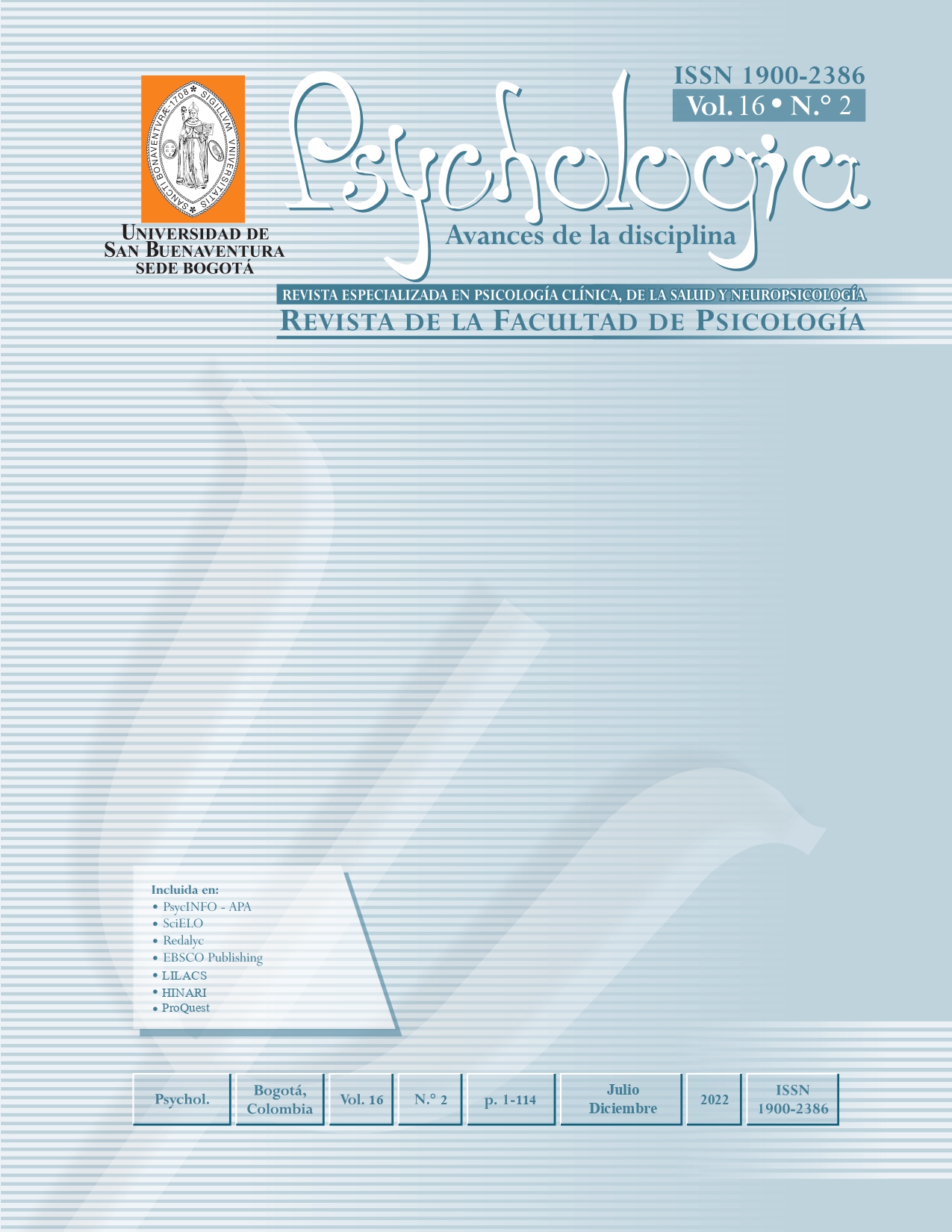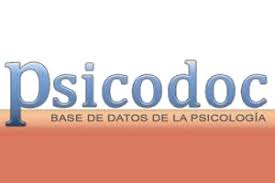This journal provides open, immediate access to its contents, based on the principle that offering the public free access to research helps to promote a higher global exchange of knowledge.
As such, all journal articles are published under a Creative Commons Attribution-NonCommercial-ShareAlike 4.0 International License (CC BY-NC-SA), by which commercial use of the original work or its possible derived works is not allowed, and the distribution thereof must be done with the same license elements regulating the original work.
http://creativecommons.org/licenses/by-nc-sa/4.0/
Abstract
Abstract
The aim of this study was to validate and study the psychometric properties, internal consistency and dimensionality of the Perceived Stress Scale related to COVID-19 (EEP-10-C) with a sample of a total 306 students, who voluntarily completed the survey. Validity was determined by confirmatory factor analysis and its internal structure was calculated with the coefficients of Cronbach's alpha and McDonald's omega. An exploratory and confirmatory factor analysis was applied. The results showed that the EEP-10-C had a Cronbach's alpha coefficient of 0.859 and McDonald's omega 0.887. Two dimensions were established; the general distress that explained 44.2% of the variance and the coping capacity 55.8% of the accumulated variance. The CFA of the two-dimensional proposal indicated adequate adjustment indices (X2 / gl = 2.590, GFI = 0.949, TLI = 0.936, CFI = 0.952, SRMR = 0.0435 and RMSEA = 0.068). The EEP-10-C had an acceptable internal consistency and two dimensions developed the instrument of stress perceived by covid-19 for college Peruvian students.
Keywords: Perceived Stress, Psychological, Students, Education, Covid-19, Pandemic, Factor analysis, Statistical, Validation Studies. Higher education, secondary teacher training, measuring instrument, pandemic, anxiety

 Perfil Google Scholar
Perfil Google Scholar




















